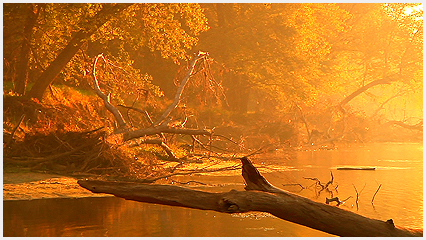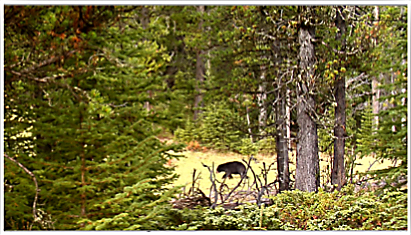DeSoto National Wildlife Refuge is part of a network of refuges devoted to preserving and restoring increasingly scarce habitat for migratory waterfowl and other wildlife. The refuge is comprised of 8,358 acres in Iowa and Nebraska and lies in the Missouri River Valley floodplain on a former meander of the Missouri River.
Each year, especially during the fall, spectacular flights of up to 500,000 ducks and geese mark the changing seasons along this traditional waterfowl flyway.
Once an oxbow of the Missouri River, DeSoto provides a crucial resting and feeding spot for migratory waterfowl as the flee the snow covered lands of their Arctic nesting grounds.
Filming this spectacle can be hit and miss. The drive South is fueled by Winter storms that cover their feeding grounds with snow and freeze their ponds and lakes. The largest concentration usually takes place in Fall around November and December. Flocks of 20,000 or more birds can arrive in a single day. They’ll stay at DeSoto until the Winter storms push them farther South until they reach their wintering grounds on the Gulf Coast.
As of this post, the flocks have yet to arrive.










Seeing the Possibilities
One of the questions I’m often asked is how do I capture such beautiful imagery.
It’s a hard question for me to answer. It’s not that I’m reluctant to share some secret technique ( there really isn’t one ), it’s that I really don’t know the answer.
While composition and exposure can be taught, seeing the possibilities in a scene where there may appear to be none is much harder to explain. I think a lot of it is something you’re just born with.
I’ve been a dreamer my entire life. In my world of daydreams, there are never any limitations. I can be anyone, do anything, go anywhere. I think that allows me to look at the real world in different ways than just the current reality that’s in front of me.
I my latest film, “The River”, I scouted locations for the opening sequence. I was looking for something that would have a big impact and set the tone for the rest of the film.
This was the first place I scouted, a local state park which had great access to the Cedar River.
Really not much to look at. Certainly wouldn’t put it in the film as is. But, I saw the potential.
So I began checking sunrise times and position. I also checked the weather reports every night to make sure the morning sky would be clear. Nothing worse than traveling to a location to capture the sunrise only to find clouds blocking the sun.
By seeing the possibility in the location and a little planning I wound up with this.
Certainly much more impact as an opening shot than what I had seen when scouting this location.